How I Do It: Building Friendship Skills with Peer-A-Mids
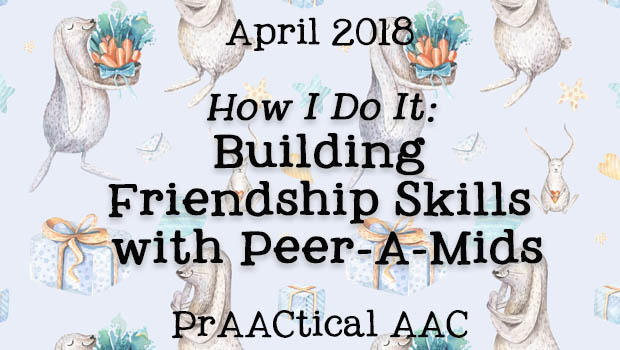
 Many of our AAC learners need help building the knowledge and skills that are important when trying to connect with others and develop true friendships. In this post, SLP Katie Bernadkin shares one approach that she uses with her students. Katie is a New York City native now working in San Diego middle and elementary schools. She focuses on autism, AAC, and social cognition. In this post, she explains how uses Social Thinking’s Peer-A-Mid concept to support her students.
Many of our AAC learners need help building the knowledge and skills that are important when trying to connect with others and develop true friendships. In this post, SLP Katie Bernadkin shares one approach that she uses with her students. Katie is a New York City native now working in San Diego middle and elementary schools. She focuses on autism, AAC, and social cognition. In this post, she explains how uses Social Thinking’s Peer-A-Mid concept to support her students.
::::::::::::::::::::::::::::::::::::::::::::::::::::::::::::::::::::::::
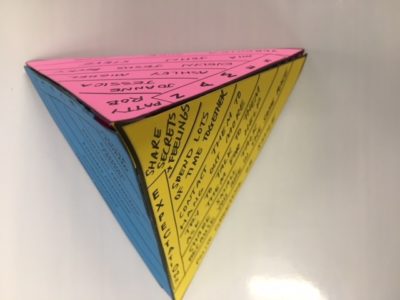 Building a Peer-a-mid
Building a Peer-a-mid
Do you have any kids on your caseload that have a hard time recognizing when other kids are attempting to befriend them? Conversely, do you know the student who seems to always end up with a “friendly” peer, who is daring them to say something naughty? Recognizing these signs is such a valuable skill for our socially challenged kids to learn.
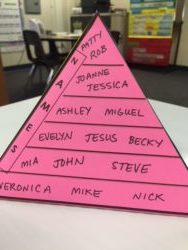 I like to start with the concept of “Friend or Dneirf” from the Social Thinking Curriculum and then, teach the PEER-A-MID by Social Thinking. First, I introduce the definitions for these concepts.
I like to start with the concept of “Friend or Dneirf” from the Social Thinking Curriculum and then, teach the PEER-A-MID by Social Thinking. First, I introduce the definitions for these concepts.
A friend is someone who:
- Is kind and respectful to you
- Shares interests with you
- Looks forward to talking with you
- Cares about your feelings
A dneirf is someone who:
- Pretends to be your friend when they want something
- Makes you do things you are not comfortable doing
- Dneirfs make fun of you when others are around
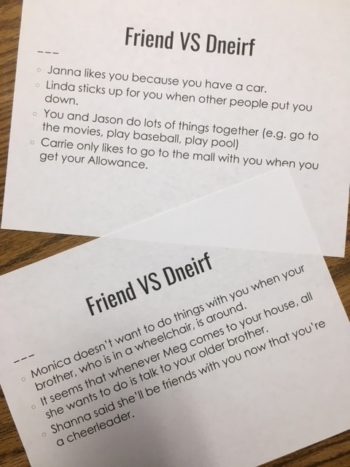 We also discuss what to consider if you are not sure:
We also discuss what to consider if you are not sure: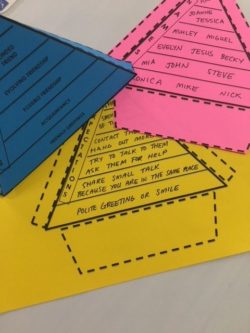
- Does this person talk to me in many different situations?
- Does this person share their things with me?
- Does this person care about my feelings?
- Does this person treat me with respect?
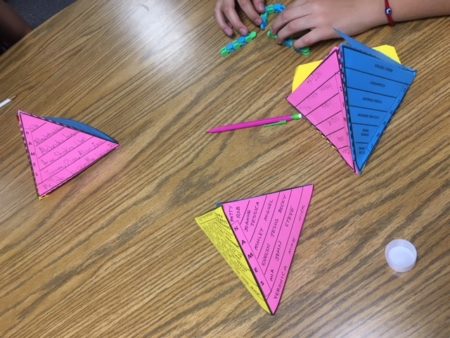
Someone who spends time doing fun things with you? FRIEND! Enjoys talking to you? FRIEND! Only talks to you when you bring candy to school? DNEIRF! I include many more examples as well, before asking the students to identify more on their own. There are many great movies to illustrate this concept, but my favorite, bar none, is Mean Girls (warning: you may need to filter those some of those clips!).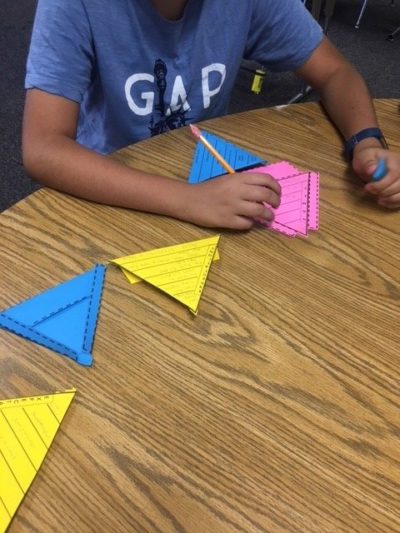
Once the students have clear definitions of what Friends and Dneirfs look like, the process of identifying real life Dneirfs happens quickly! For example: ”Hey! Jeff teases me when Tom is around… He’s a DNEIF!” “Molly cares about my feelings, she’s a friend!”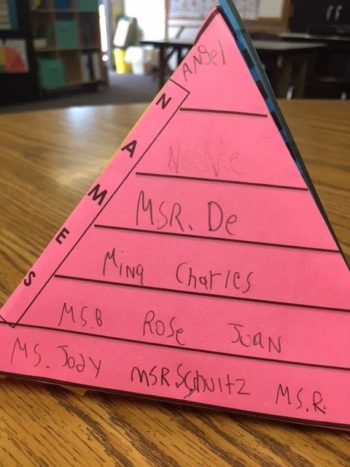
After I’m sure they understand the Friend or Dneirf, I introduce Social Thinking’s PEER-A-Mid. If you’ve never seen the PEER-A-Mid, open up your Social Thinking books. It’s an amazing visual for our students who need these abstract concepts to be more concrete and visual. It breaks down and demonstrates the progression of friendship into 6 categories.
The Friendship Levels are defined as shown in the graphic below.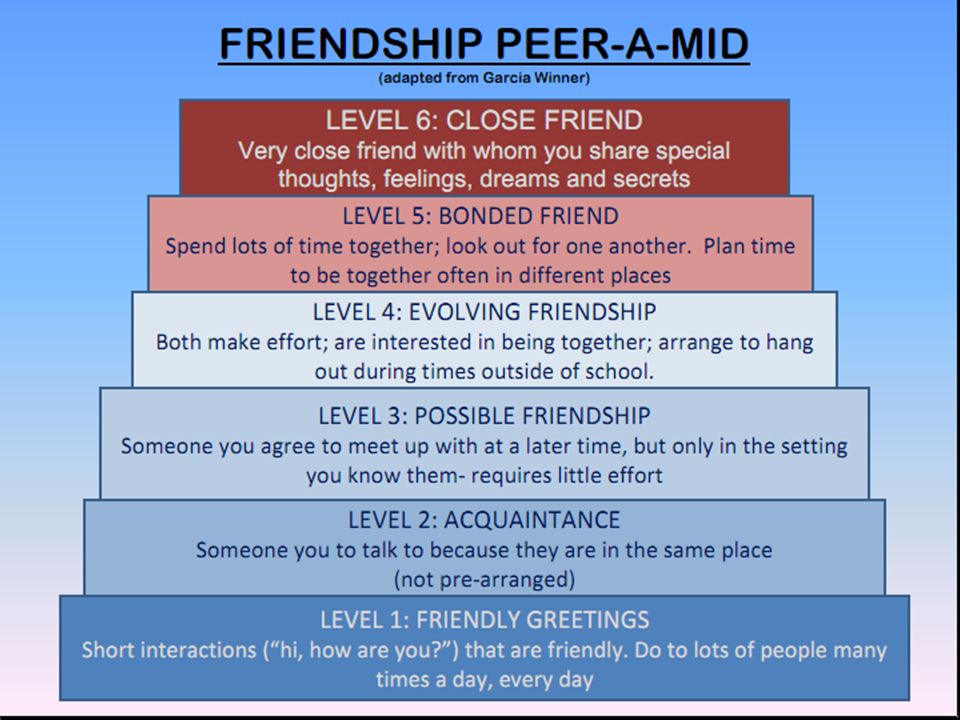
There are also two bonus categories:
- Mean people, a.k.a. DNEIRFS (under the pyramid)
- On-again, off-again friendships, people who fade in and out of your life at different times.
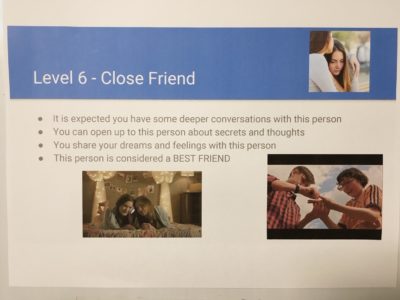
I use a variety of Youtube videos to illustrate these friendship levels. I use videos from The Office, Elf, Diary of a Wimpy Kid and even It. While playing the videos, I pause them and I ask questions about what is “expected” or “unexpected” about the behavior in the video and what may be the consequences of the behaviors. For example, the clip from Diary of a Wimpy Kid shows Greg sticking up for Rowley, which means they must be “bonded friends.” However, we wouldn’t expect our mail man, with whom we share friendly greetings, to look out for us in that way.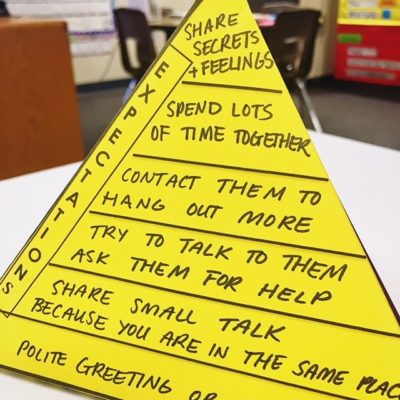
Next, the students move on to match behaviors with a level of friendship. They are provided with a checklist of more detailed examples, then when they match the behavior with the friendship level, they have to provide me with their reasoning from the list. For example:
- “You see a person walking a dog”
- “Well, that’s a Friendly Greeting”
- “Tell me why”
- “Because they are friendly, but you don’t really know them”
- “You tell Melissa a secret about herself”
- “Close friend”
- “Tell me why”
- “You can open up to this person about your secrets and thoughts”
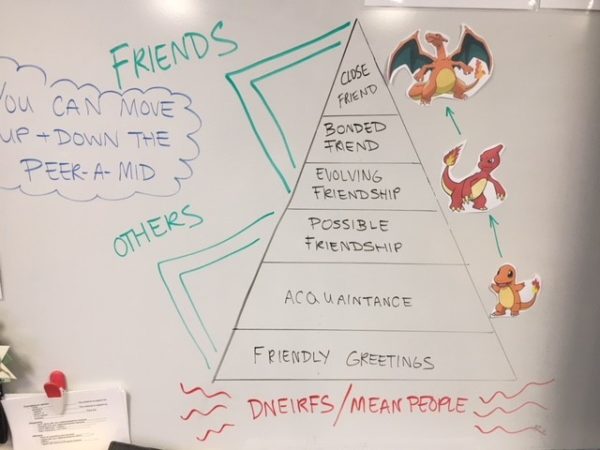
I put up a Peer-A-Mid visual while we work on this for the students to use. This year, my student–clinician made an amazing analogy comparing evolving relationships to evolving Pokemon. When you meet someone, you start off as Charmander. Then, you might see them, help them or talk to them, and evolve to Charmeleon. Finally, after putting in effort, hanging out, looking out for one another and sharing thoughts and secrets, you make it to Charizard. ALL of the students made a connection to that! The visual is another way to make something really nuanced, more concrete and visual.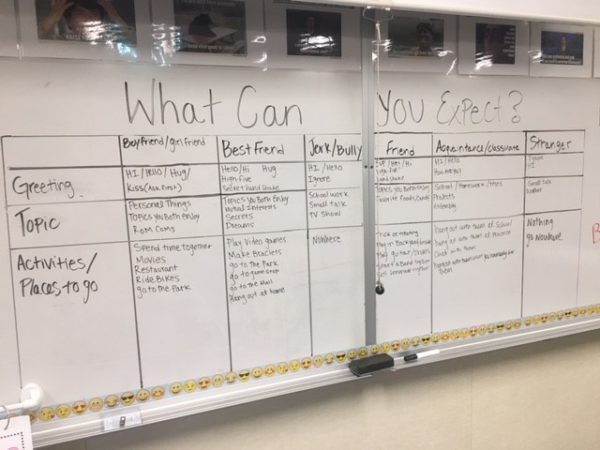
Once they know the levels pretty well, I move on to another activity. We make actual Peer-A-Mid Pyramids. The objective of this activity is to have them identify an expectation of the friendship level and, more importantly, to identify people they know in real life, who fall into those 6 levels. For you, as the clinician, this will be a really telling activity.
It reveals:
- Kids that have well–rounded answers
- Students that mostly identify teachers/adults as their friends
- Kids that only identify other Special Education students as their friends
- Students that only identify peers from social skills groups as their friends
- Those who identify their second grade best friend, who they haven’t talked to in 5 years, as a Level 6 close friend
- Students that REALLY struggle to come up with names but not expectations (they may leave blanks or take the whole time to put one name on a level)
- Kids with blank friendship levels who can easily identify acquaintances (this is a great segue to talk about friendship goals and relationships evolving).
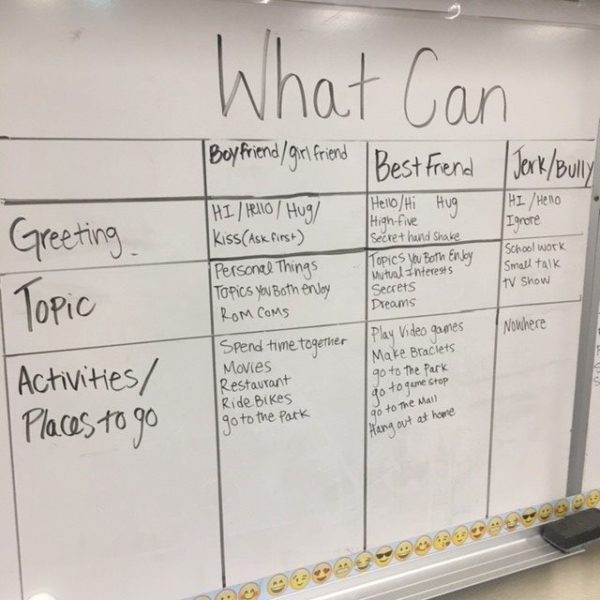
After the Peer-a-mid pyramid, I put a graph on the board that is based on a Social Thinking Thinksheet. This Thinksheet has students identify what type of behavior and communication is expected with friends, friendly acquaintances, others, and dneirfs. The group was given the opportunity to work together to generate and discuss responses that were recorded on the whiteboard. If you have a group of students that are more familiar with this concept, they can do this independently, but I prefer to use this as a joint activity. It stimulates great discussion about friendship and should reveal the increasing effort in the hierarchy of the pyramid.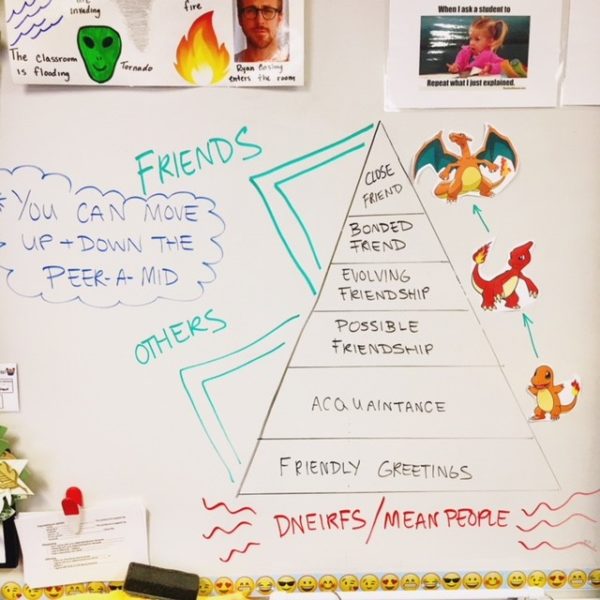
::::::::::::::::::::::::::::::::::::::::::::::::::::::::::::::::::::::::::::
You can find Katie on social media. Follow her on @themindandthemouth, contact her at katiebernadkin@gmail.com., or visit her at TeachersPayTeachers (https://www.teacherspayteachers.com/Store/Themindandthemouth).
Filed under: Featured Posts, PrAACtical Thinking
Tagged With: friendship, social cognition, social emotional development
This post was written by Carole Zangari

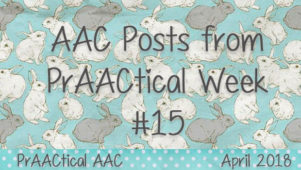
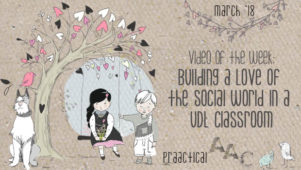
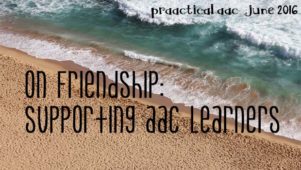
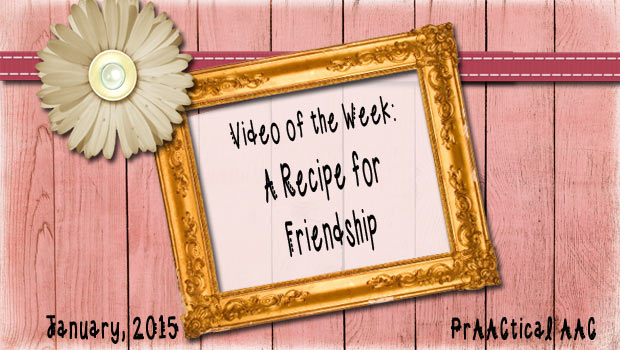
13 Comments
I don’t work with this population of kids (and in fact I don’t even work with kids!) but I read right to the end. Great ideas for making the concepts interesting and relevant.
Hi Lori,
Thanks so much for the feedback. I’m so glad you enjoyed it!
Hi Katie,
I really loved your approach of making new friends. In my life, i found if the leisure activities one does the more friends he/she has.
The SLP and I, (inclusion support teacher for students on the spectrum) would love to teach this. Do you have the template for the peer-a-mid? We’d love a copy.
Hi,
Thanks for your interest but anything from Social Thinking belongs to them so I don’t think I could share it, but it was very easy to make in Microsoft Word.
I am an Autism Resource teacher and utilize the social thinking concepts to include the friendship pyramid. I love how you have expanded this concept using visuals and hands-on activities. Would you mind sharing the templates for the actual pyramid? Thanks so much!
Thanks for your interest but anything from Social Thinking belongs to them so I don’t think I could share it, but it was very easy to make in Microsoft Word.
Where did you find the template or lesson that has this on the Social Thinking Site? I have looked and have been able to locate it. Or is it in one of their books?
Hi! I love this visual, I’m adapting it for one of my students. What is the blue side of the pyramid? I can see that yellow and pink are Expectations and Names. Thanks for sharing!
The blue side is the levels from the Peer a mid
What’s the logic behind calling those who are not our friends DNEIRFS?
Fantastic resource. I worked in mental health and with DD adults for years. Social boundaries and expectations are difficult for many of the clients I’ve worked with over the years. I wish I’d had this laid out so clearly then.
Hi Katie! I love this. I’m a psychologist and incorporate the social thinking curriculum into my lessons for my social skills groups. Could you share additional videos you used to teach the peer a mid levels? The videos are a great way to engage kids, especially when sessions are all virtual. Thanks so much!!